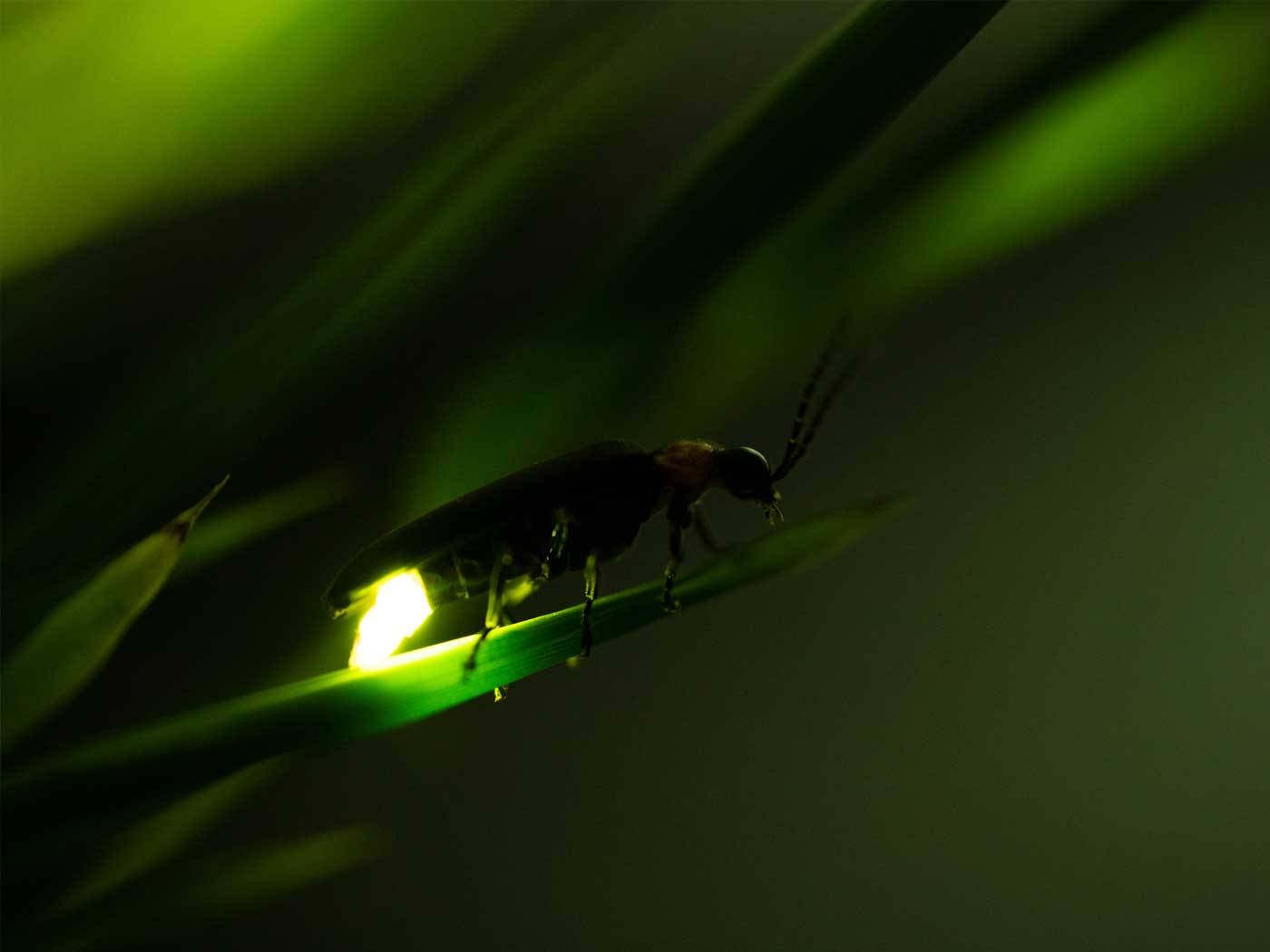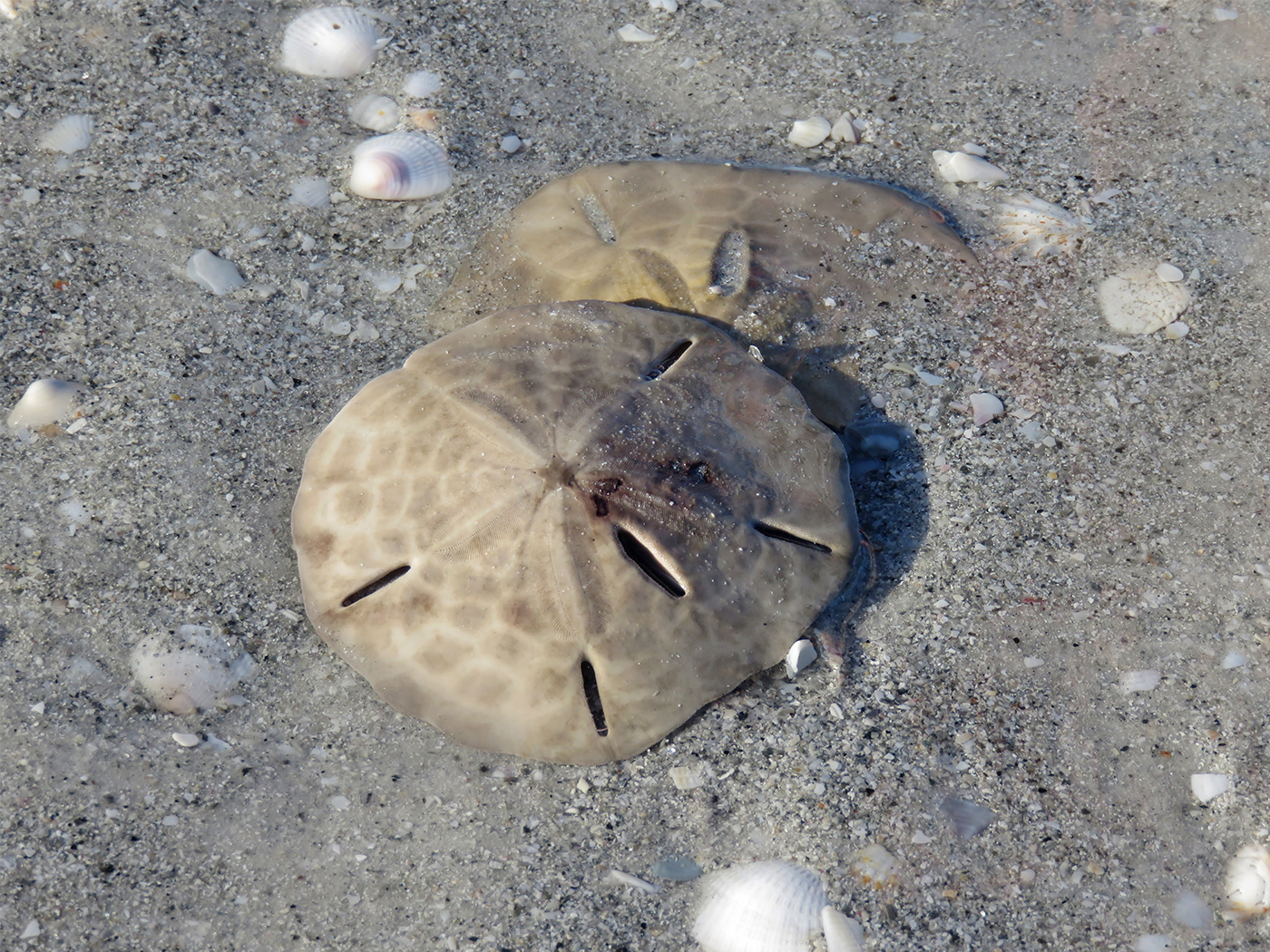How do fish with normal eyes in well-lit surface-water environments transform into blind cavefish, and should this loss of structures and functionality really be labeled evolution? The sophisticated mechanism involved in this transformation has dismayed biologists who hoped this would somehow showcase evolution. New results deflate such hopes, and point to a more accurate and creation-friendly model of radical blind cavefish changes.
As it turns out, the repression of eye development in cavefish is simply part of an overall strategy to conserve energy in dark and nutrient-deficient caves. In blind cavefish, eye development gets repressed and chemical, pressure, and touch sense organs get enhanced. Manufacturing and maintaining eyes and the visual centers of the brain requires and consumes large amounts of resources and energy. This drain on metabolic resources in a cave environment is alleviated when the eyes are inhibited from developing in young fish embryos.
Scientists had their first inkling that eye loss in cavefish was part of a sophisticated adaptive innate system with the discovery that the low-conductivity of cave water inhibited a protein called HSP90 while fish embryos were developing in their eggs.1 ICR scientist Brian Thomas discussed this novel discovery in a 2013 news article.2 However, this was only one piece in the puzzle of understanding the complicated developmental process of fish switching from being sighted to blind.
Adaptation in organisms is being unveiled by both secular scientists and creation scientists. ![]()
In a new research paper, scientists unveiled how another part of the eye-loss adaptation works directly on the eye genes of the cavefish in a complex epigenetic process.3 This involves altering the biochemistry of the DNA without actually changing the nucleotide sequence. One of the key control mechanisms for genes in animals, including fish, is the addition of chemical tags called methyl groups to the control regions of a gene. The addition or removal of these tags helps determine whether the gene is turned off or on—like putting a piece of tape over a light switch to keep someone from turning on the light. In blind cavefish, the control switches (promoters) of eye development genes are heavily methylated, effectively shutting them down so eyes don’t develop in cavefish embryos. This process involves highly sophisticated cellular machinery which is likely triggered by tracking environmental conditions in the water (e.g., low conductivity).
In textbook evolution, random mutations in DNA are thought to occasionally provide some adaptive benefit to the organism. Based on this mindset, it was originally believed that harmful mutations in cavefish eye genes knocked out their function and caused a lack of development for eyes in fish embryos. However, when scientists determined the DNA sequence of different eye development genes in cavefish and compared them to the DNA of normal surface dwelling fish, no mutations were found.3 This inconvenient fact, combined with additional data showing sophisticated physiological and epigenetic mechanisms are involved in eye loss for successful cave life, sinks the evolutionary explanation for this once-classic example of “evolution in action.”
Inconvenient fact sinks evolutionary explanation for this example of “evolution in action.” ![]()
Organisms do not adapt because they evolve, but because they were designed with innovative and clever innate systems to track and respond to environmental conditions.
The process of adaptation in organisms is being unveiled by both secular scientists and creation scientists. Creationists maintain this is driven by a collection of ingenious mechanisms with all the hallmarks of divinely engineered systems designed by an omnipotent and all-wise Creator rather than random evolutionary processes.4
References
- Rohner, N. et al. 2013. Cryptic Variation in Morphological Evolution: HSP90 as a Capacitor for Loss of Eyes in Cavefish. Science. 342 (6164): 1372-1375.
- Thomas, B. 2013. Blind Cavefish Shed Light on Creation. Creation Science Update. Posted on ICR.org January 8, 2013, accessed October 13, 2017.
- Gore, A. V. et al. 2017. An epigenetic mechanism for cavefish eye degeneration. bioRxiv. Posted on biorvix.org October 5, 2017, accessed October 16, 2017. doi.org/10.1101/199018
- Guliuzza, R. J. 2017. Engineered Adaptability: Arriving at a Design-Based Framework for Adaptability. Acts & Facts. 46 (8).
*Jeffrey Tomkins is Director of Life Sciences at the Institute for Creation Research and earned his Ph.D. in genetics from Clemson University.
Article posted on October 23, 2017.
























